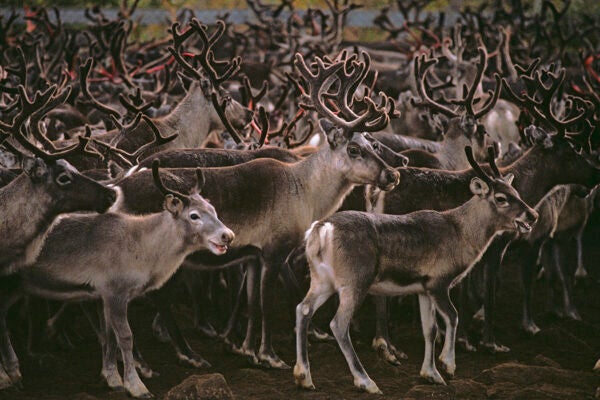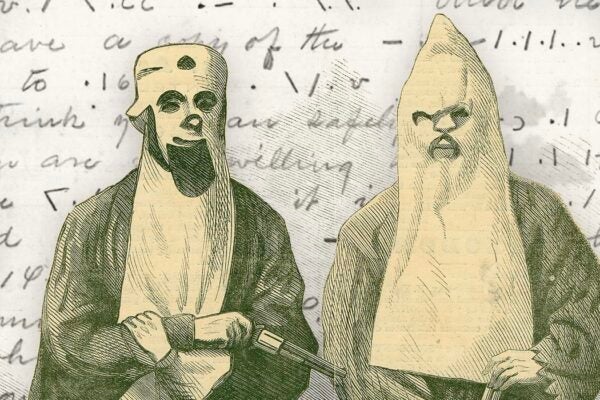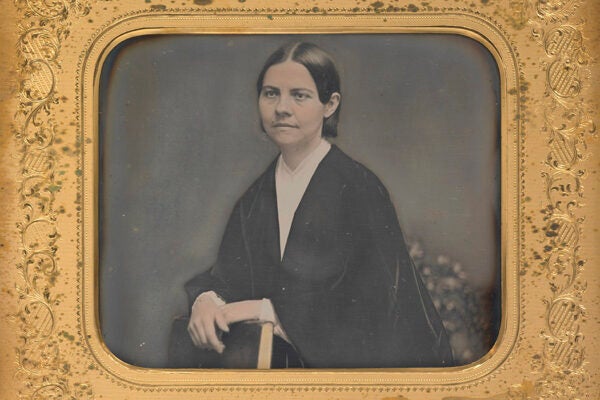Trade networks began to stitch together the eastern and western parts of the vast Eurasian continent beginning around the second century BCE. Today, we call the resulting connections the “Silk Road,” although historians more generally refer to silk routes, because there was more than one and some of them were by sea. The singular “Silk Road” seems to have struck a chord, however. It’s redolent of exotic trade goods passing between Asia and Europe: the eponymous silks, of course, but also gold and such influential exotica as paper and gunpowder.
In the words of cellist Yo-Yo Ma, who founded the Silk Road Project in 1998, the Silk Road is “a modern metaphor for sharing and learning across cultures, art forms and disciplines.” The Silk Road idea also reverberates in China’s “new silk road,” the One Belt One Road infrastructure initiative, so much so that it was originally dubbed the Silk Road Economic Belt.
Comparative Literature scholar Tamara Chin calls these modern uses of “Silk Road” a reinvention of the original Silk Road idea—which isn’t as old as you may think.
“Two ideas animate this reinvented Silk Road,” Chin writes. “First, the Silk Road provides a model of idealized exchange. […] Second, the Silk Road offers a kind of geopolitical chronotope, that is, a condition or strategy for geopolitical thought and action, as well as background context.”
Chin’s perhaps startling point is that the “old” Silk Road “was as much an invention as these new ones.” German geographer Ferdinand von Richthofen coined the term die Seidenstrasse (the Silk Road) in 1877.
“The ancients did not use a comparable term for their own cosmopolitan networks and practices,” writes Chin. “Unlike the cosmopolitan, coined by the Cynic Diogenes for a kind of citizenship in an ethically enlarged world, the Silk Road began as a modern concept.”
Richthofen’s use of Chinese sources alongside Greek and Latin ones was novel for Europeans of his day; he became the go-to German Sinologist. His coinage appeared in a “multivolume geological survey of China that guided the German colonial seizure of Qingdao.”
The Germans were relatively late to the imperial scramble for colonies in Africa and Asia, but in 1897 they used the pretext of an attack on German missionaries to annex the Kiautschou Bay area around Tsingtao (now Qingdao). Imperial Germany was in control of the region until Japan declared war on Germany at the beginning of World War I. (Tsingtao Brewing Company, today China’s second largest beer manufacturer, began as the Germania-Braurerei Tsingtao Co., Ltd in 1903 with master brewers from Germany—a cultural exchange by way of yeast.)
“Richthofen’s Silk Road was part of a competitive German blueprint for a commercial railroad linking China with Europe,” Chin explains, “designed at a time the Qing government opposed foreign railway construction.” The competitors were Britain and Russia, both also eager to lay down an iron Silk Road across the vast continent.
Weekly Newsletter
Richthofen’s student Sven Hedin would go on to popularize the Sidenvägen (Silk Road in Swedish) from the 1920s into the 1940s. A bestseller, even with his connections to Imperial and then Nazi Germany, Hedin was an active explorer and mapper of Central Asia. He sussed out railroad, airline, and automobile routes for governments and companies; one of his plans called for a road from Shanghai to Boulogne, linking the Pacific to the English Channel. He presented his “Plan for the Revival of the Silk Road” to the Chinese Nationalists, whom he was trying to align with the Nazis against the Soviet Union.
As Chin notes, “Silk Road” first came to be used in China as a neologism of European geographers, appearing in quotation marks or as the “so-called Silk Road.” But by the 1950s, the young People’s Republic started popularizing the term, too, especially in connection with the forging of economic ties to Afghanistan, Pakistan, and the Middle East—citing two-thousand-year-old history as precedent for present concerns.







